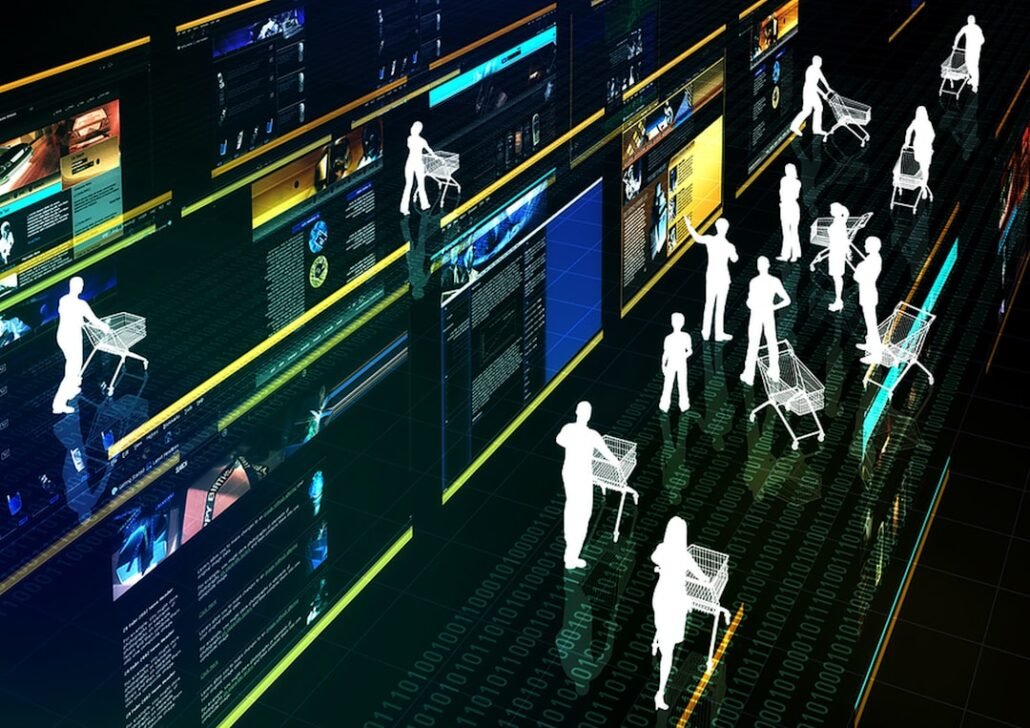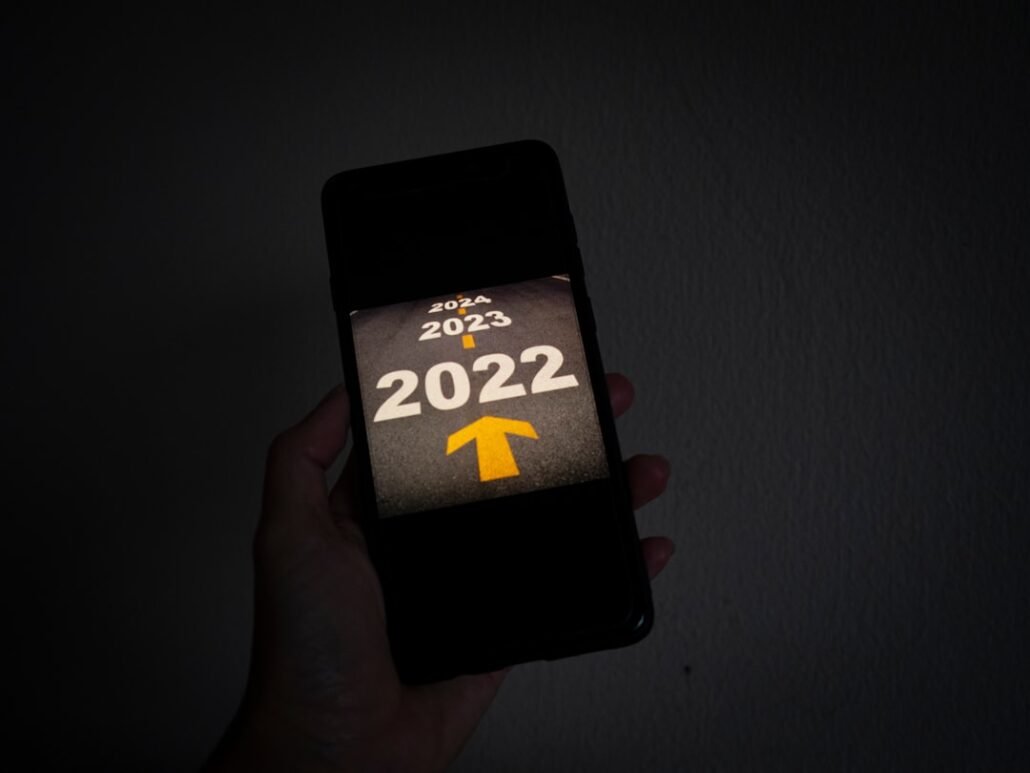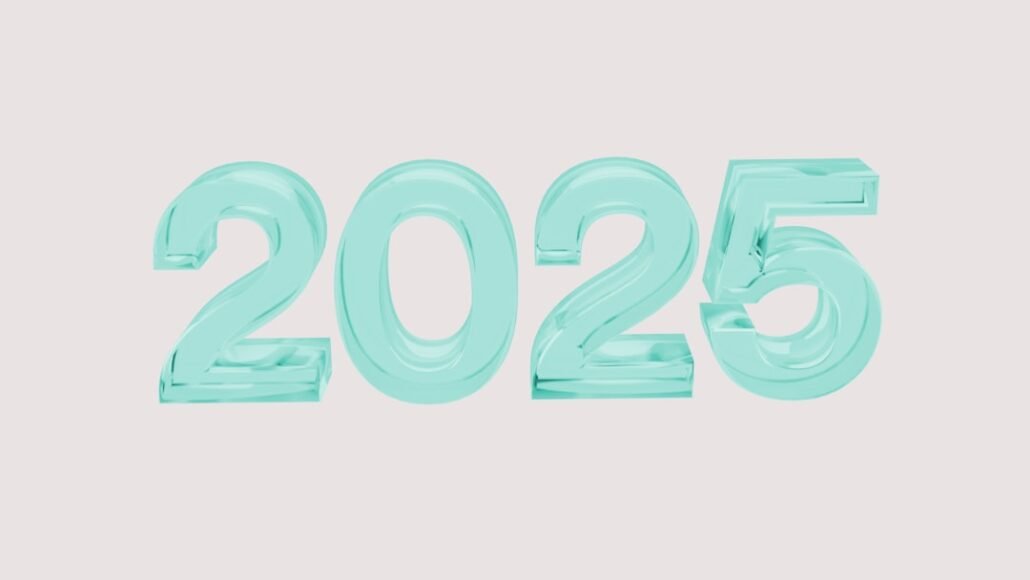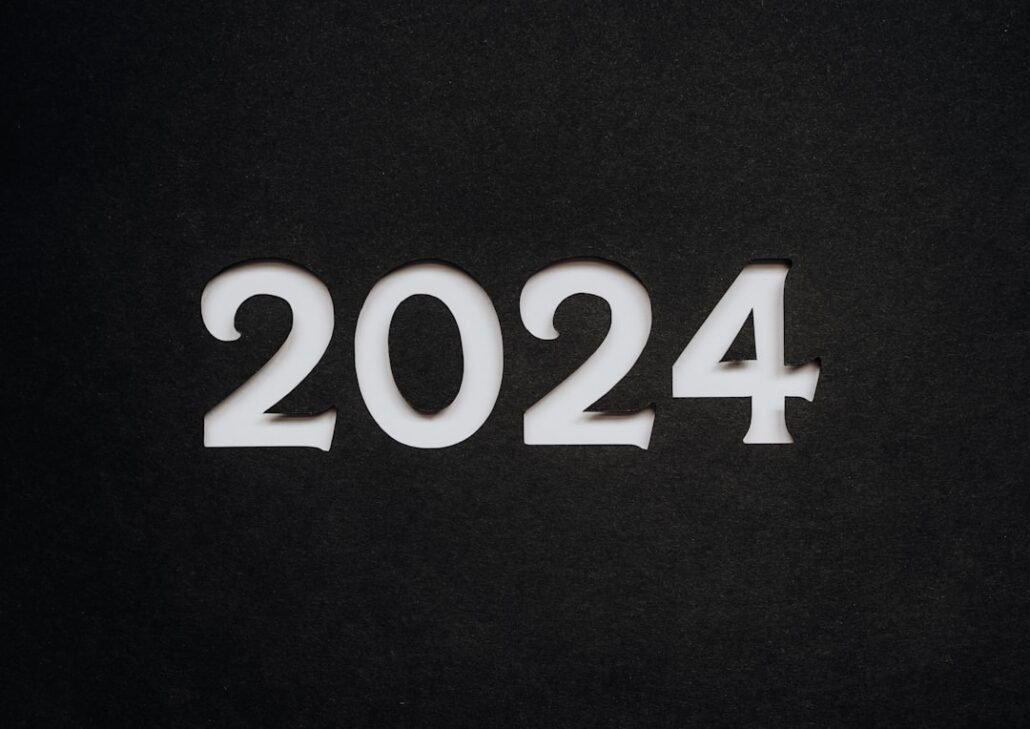Lights, Camera, Action! A Deep Dive into the World of Modern Movie-Making
Movies. We love them. We binge them. We analyze them. But how much do we really know about the process of making them? This isn’t about the creative side – the scripts, the acting, the directing – but about the incredible technological evolution that fuels modern filmmaking. From pre-production planning to post-production magic, technology plays a pivotal role, and it’s constantly evolving. Let’s explore some key aspects.
The Pre-Production Powerhouse: Planning and Preparation
Before a single scene is filmed, an immense amount of technological planning takes place. This isn’t just about storyboarding; it’s about leveraging software for everything from scheduling and budgeting to visual effects planning. Software like ShotGrid, used by studios like Marvel and Pixar, facilitates collaboration across departments, ensuring everyone is on the same page. This involves meticulous pre-visualization, using software like Maya or Blender to create detailed 3D models and simulations of scenes, allowing filmmakers to plan shots and identify potential problems before they even step onto a set. This pre-production phase is crucial for efficient and cost-effective filmmaking.
On-Set Technology: From Cameras to Cranes
The actual filming process is where technology truly shines. Gone are the days of bulky film cameras. Modern productions rely on high-resolution digital cinema cameras, offering incredible image quality and flexibility. These cameras often incorporate advanced features like internal recording, high dynamic range (HDR) capture, and global shutter technology to minimize rolling shutter artifacts. Alongside these cameras, we see the use of sophisticated camera support systems, including robotic cranes, drones, and Steadicams, enabling dynamic and visually stunning shots previously unimaginable.
Post-Production Prowess: The Digital Darkroom
Post-production is where the magic truly happens. The raw footage is meticulously edited using non-linear editing systems (NLEs) like Adobe Premiere Pro or Avid Media Composer. These powerful tools allow editors to seamlessly assemble scenes, add visual effects, and color grade the footage to achieve the desired look and feel. The use of visual effects (VFX) software like Houdini, Nuke, and Autodesk 3ds Max is increasingly prevalent, enabling filmmakers to create breathtakingly realistic and fantastical scenes. This stage also involves sound design and mixing, often using sophisticated audio software and hardware to create an immersive soundscape.
The Expanding Role of AI in Filmmaking
Artificial intelligence is rapidly transforming the film industry. AI is being used for everything from script analysis and predictive modeling to automated video editing and VFX generation. AI-powered tools can assist in tasks such as noise reduction, upscaling resolution, and even generating realistic background elements. While concerns remain about job displacement, AI’s potential to enhance efficiency and creativity in filmmaking is undeniable. We’re likely to see even more sophisticated AI applications in the coming years.
The Future of Filmmaking: Trends and Predictions
The future of filmmaking is bright, fueled by continued technological advancements. We can expect to see further integration of virtual production techniques, allowing filmmakers to create realistic sets and environments virtually, reducing the need for expensive physical sets. High-dynamic range (HDR) and other advanced display technologies will create more immersive viewing experiences, pushing the boundaries of visual storytelling. The use of virtual and augmented reality (VR/AR) is also likely to expand, offering new ways for audiences to interact with and experience films.
Pros & Cons of Modern Filmmaking Technology
Pros:
Higher quality visuals and audio: Improved cameras and software enable stunning clarity and realism.
Increased efficiency: Automation and collaborative tools streamline the filmmaking process.
Greater creative possibilities: VFX and other technologies allow for previously unimaginable effects.
Wider accessibility: Digital distribution makes films accessible to a global audience.
Cons:
High cost of technology and software: Access to advanced tools can be expensive.
Potential for job displacement: Automation may impact certain roles in the industry.
Over-reliance on technology: The creative vision can sometimes be overshadowed by technological capabilities.
Ethical considerations: The use of AI and deepfakes raises ethical concerns.
Verdict: A Technological Revolution
Modern filmmaking is a testament to the power of technology. While challenges remain, the advancements we’ve seen in recent years have revolutionized the industry, allowing filmmakers to tell stories in ways that were previously inconceivable. The future promises even more exciting innovations, pushing the boundaries of creativity and audience engagement. The marriage of art and technology continues to shape the cinematic landscape, and it’s a journey worth following.






